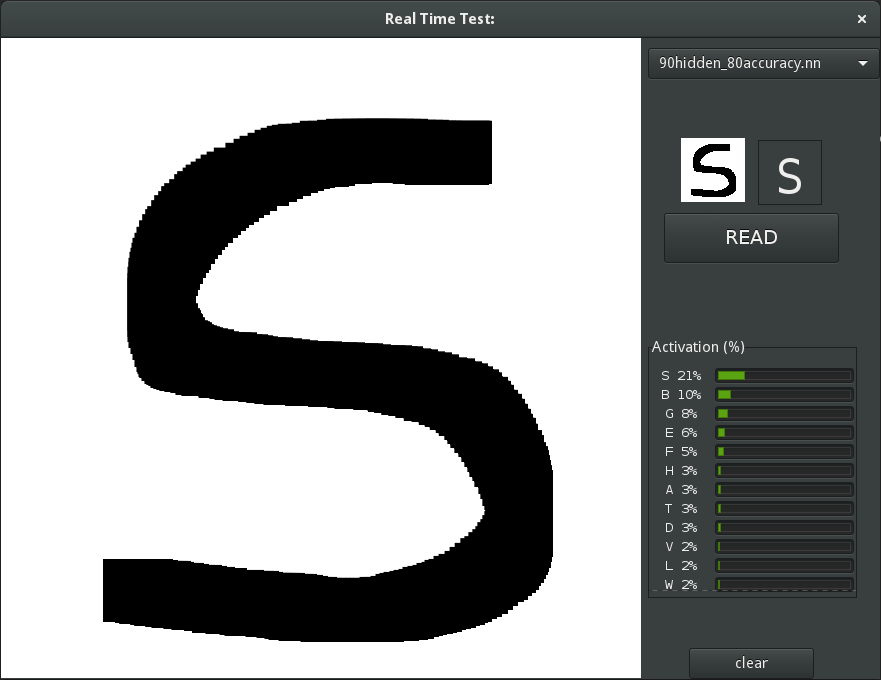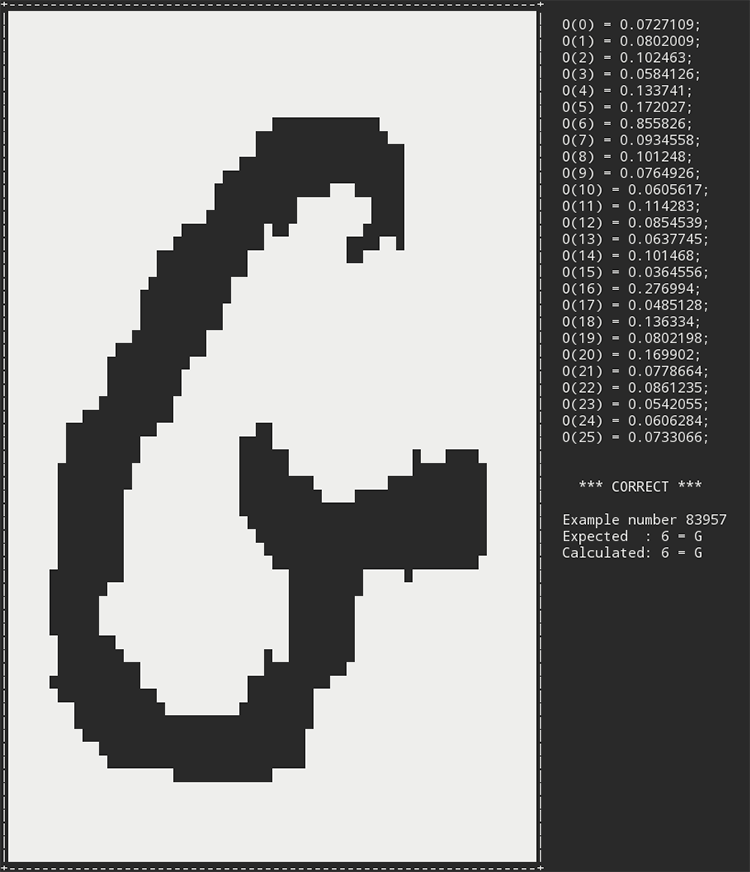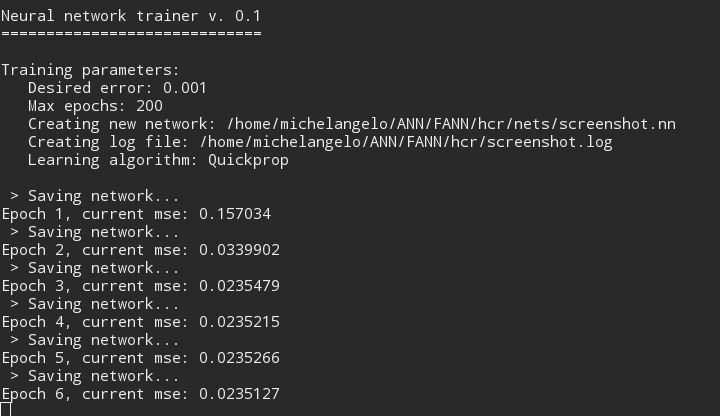Handwritten Characters Recognition



The Handwritten Characters Recognition focuses on identifying and translating handwritten English characters into digital format. With numerous handwritten documents still prevalent, digitizing this content remains crucial.
Challenge
Recognizing handwritten documents poses a challenge due to the diversity in writing styles. The primary aim was to design a system capable of identifying handwritten English characters from various styles with high precision.
Solution
The chosen approach was a Neural Network. This adaptable model learns and refines its accuracy as it processes more data.
Process
- Network Topology: The multilayer perceptron model was designed to detect handwriting patterns. The configuration included an input layer with 4096 nodes for pixel values, multiple hidden layers, and an output layer representing the English alphabet.
- Training: Utilizing the FANN library, the neural network was set up and trained. Quickprop emerged as the most effective training method, delivering the lowest MSE and an accuracy rate of 74% post 100 epochs.
Technical Details
The project was realized using the FANN library in C++ for neural network processes. For real-time testing, the GTK library was employed to create a user-friendly interface. A sigmoid function was chosen as the activation function to derive effective output.
Key Features
- Single Test Utility: A command-line tool designed for individual letter tests, offering instant feedback regarding the network's recognition accuracy.
- Bulk Test Utility: Designed for larger datasets, this tool provides a comprehensive breakdown of the network's performance on each letter and its overarching accuracy.
- Real Time Test (RTT) Utility: A standout feature equipped with a graphical interface. Users can draw letters, and the system recognizes the input, showcasing its live recognition capabilities. It also presents insights based on neuron activations.
If you want to know more about the Handwritten Characters Recognition, please check out the [github] repository.